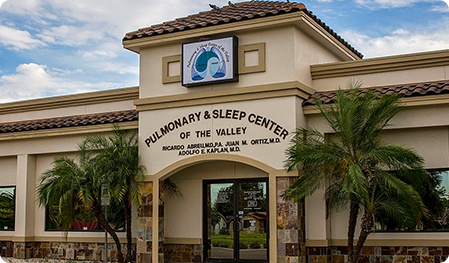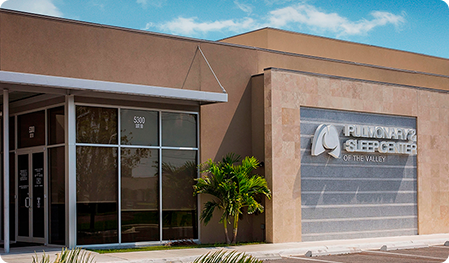APAP Treatment
During APAP treatment, the clinician typically sets upper and lower pressure limits, often on the basis of a prior failed CPAP/BiLevel PAP (BPAP) titration or the patient’s history of CPAP/BPAP use. Auto-BPAP devices automatically detect respiratory events and adjust the delivered IPAP and EPAP to maintain an open airway. If the APAP unit does not detect obstructive respiratory events, the device lowers the pressure gradually until events recur, at which time the pressure increases again.
That is, the APAP titration device is constantly searching for the lowest effective pressure in any circumstance. The highest pressure is usually needed during supine REM sleep. The device may also be used for unattended auto titration in the home sleep environment to find an optimal pressure for chronic CPAP treatment.
The main disadvantages of unattended APAP titrations performed in the home sleep environment come from the fact that these devices have no method of determining whether the respiratory effort is present during an apnea. Newer APAP devices have (as yet unproven) features designed to address this limitation. Your sleep specialist can help you determine the best treatment, and device, for your sleep issues.





